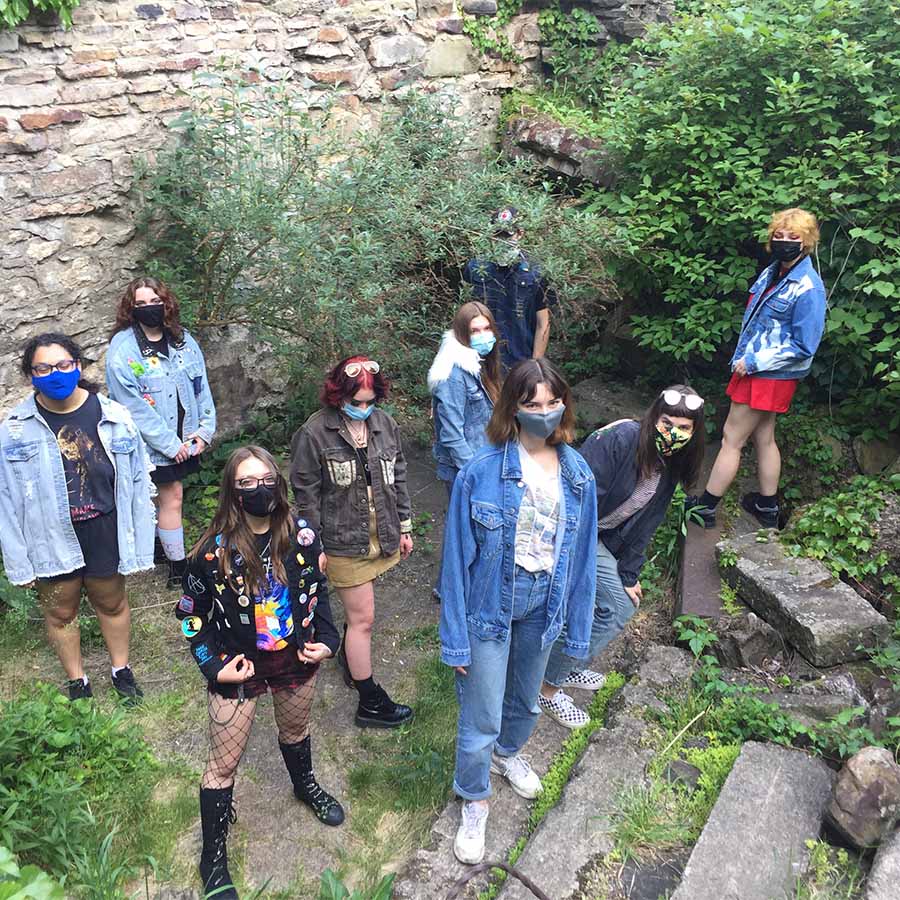This play is a reflection on the (im)possibility of accepting diversity and the other. The fragmented body of the neoplasm—the fruit of unstable conditions—overcomes barriers, loves and denies itself and others, wanders around, forgetting its profession. It frequently and with pleasure divides, goes through dangerous palpation, questions the possibility of contact with the experience of the other. Poorly brought up but very successful, it invites us to a trans-species transition.
Lorem ipsum dolor sit amet, consectetur adipiscing elit. Fusce at elit quis felis ullamcorper vehicula non in est. Maecenas finibus pharetra justo et faucibus. Nulla eu tortor vel ex volutpat efficitur. Vivamus placerat turpis in aliquet venenatis. Quisque ac lacinia mauris. Nam quis lobortis elit. Vestibulum sagittis nisi sit amet euismod hendrerit. Mauris non sodales odio. Donec efficitur molestie quam, sed lobortis massa vestibulum ut.
Nunc at arcu sodales nisi porta euismod non vel neque. Phasellus at lobortis ante, in suscipit justo. Proin non purus vitae nisi molestie consectetur. Vestibulum volutpat lobortis interdum. Vestibulum pretium ligula lorem, egestas ultricies lectus ultricies ac. Curabitur venenatis vulputate dolor.
A long sumac limb, stripped to smooth whiteness, curls itself midair in the first room. It forces itself through the wall into an adjoining room.
In the dimly lit space, an overturned root of an Osage orange tree leaves little room for movement. All soil has been cleaned away, revealing patches of orange-red skin.
Artist Statement
I am currently working with tree forms I find in the urban landscape where I live. I choose these forms according to the ideas I am working with or in the case of site-specific work in that particular space. I change the original gesture of the form very little. I may strip the forms, sand them, add additional parts, or remove parts as I feel the need.
For the installation at 1414, I salvaged the root of a 150-year-old osage orange tree that I found on a construction site as well as a large, sharply curved sumac tree I discovered growing out from under a roadway. The installation takes place in two adjacent spaces connected by a door. The first space entered contains the singular white wooden line moving through the space, piercing the wall, and entering the adjoining room containing the upside-down root. The two spaces contrast one another. The first is minimal, light, and open. The other - confronting the viewer with its outstretched roots - is heavy and dark and nearly fills the entire space.
Exhibition
Geraldine Ondrizek received her BFA from Carnegie Mellon University and her MFA from the University of Washington. She is a Professor of Art at Reed College in Portland, Oregon. For the last twenty years, she has created architecturally scaled works that house images and forms inspired by medical and biological information. This work, often based on the minimalist grid and conceptual strategies of art making, is meant for interaction and engagement with the viewers. Ondrizek’s work aims at questions of life’s origins, life cycles, and ethical issues related to genetics and the possibility of unraveling genetic conditions. Ondrizek’s work has been shown widely in galleries and museums, including 30 solo exhibitions and numerous group shows. She was the recent recipient of an Oregon Council and Ford Foundation Professional Development Grant for the creation and exhibition of Chromosome Painting. Ondrizek also received the Stillman Drake Fund, the Levine Fund, and Mellon Foundation Faculty Research Awards; and in 2006, won the Oregon Council on the Arts Fellowship.






